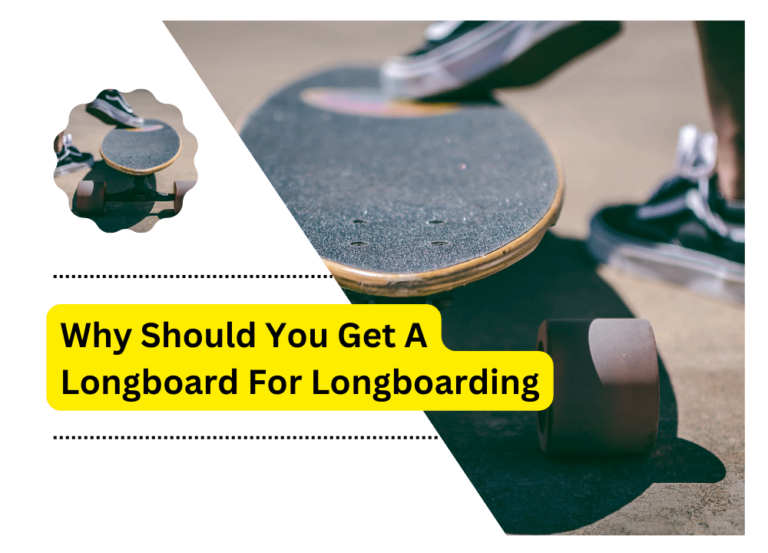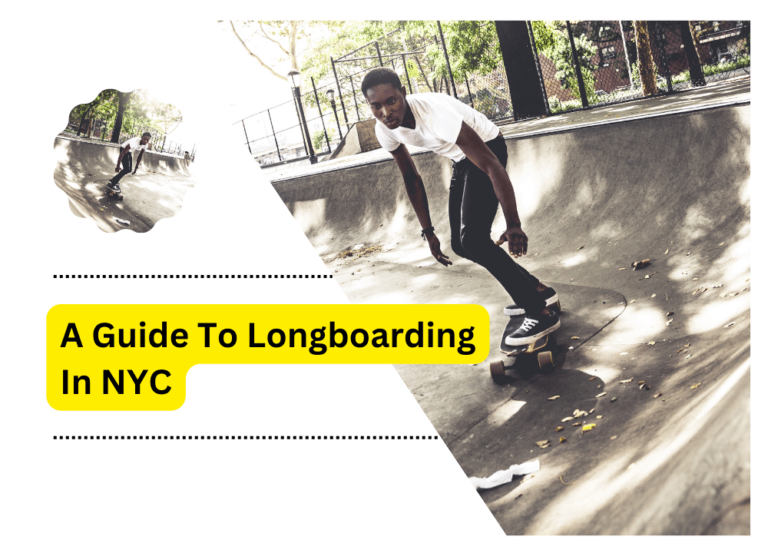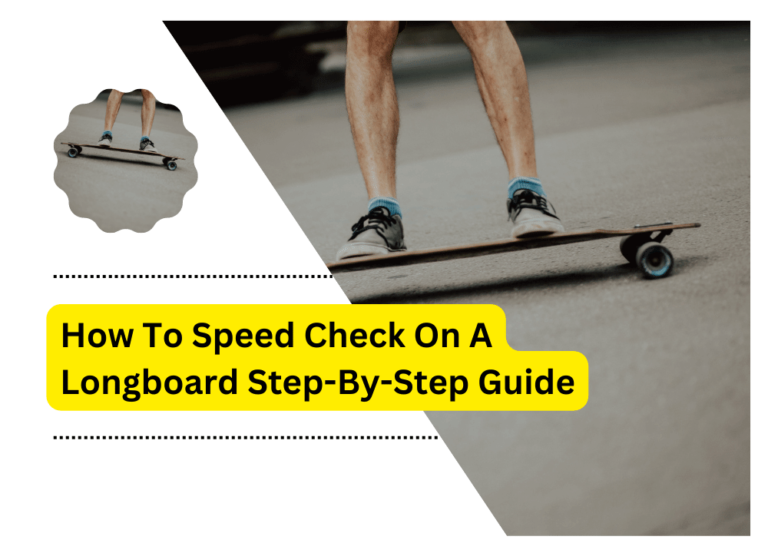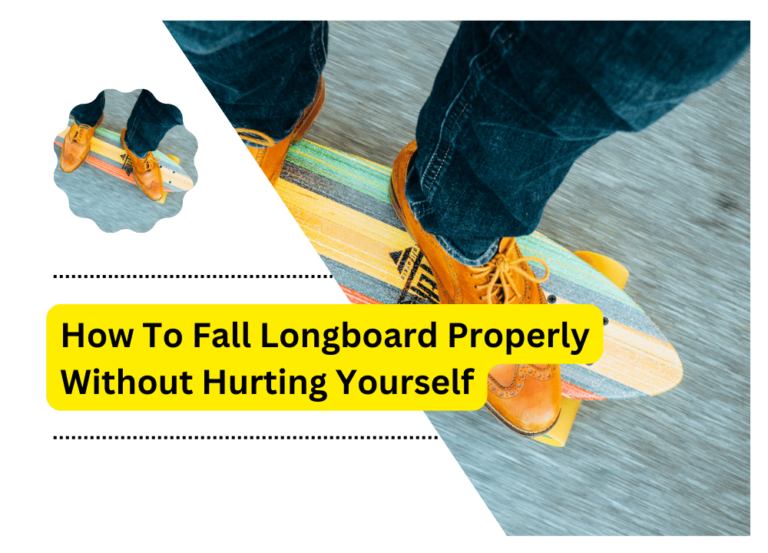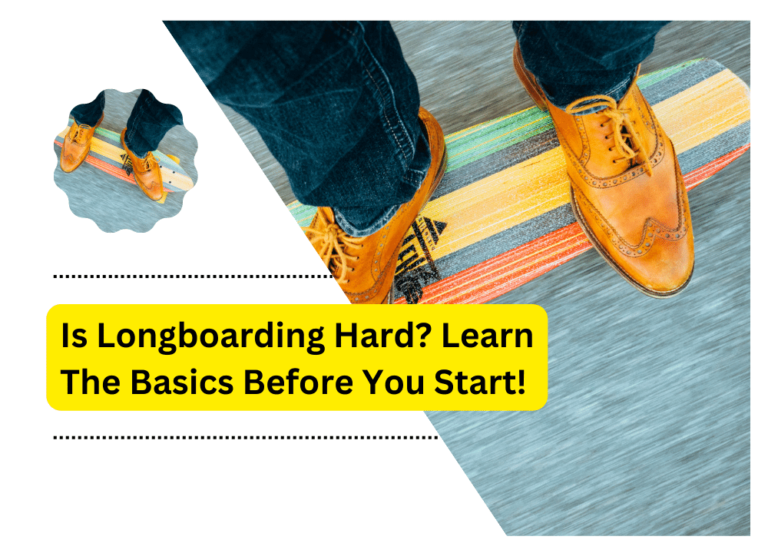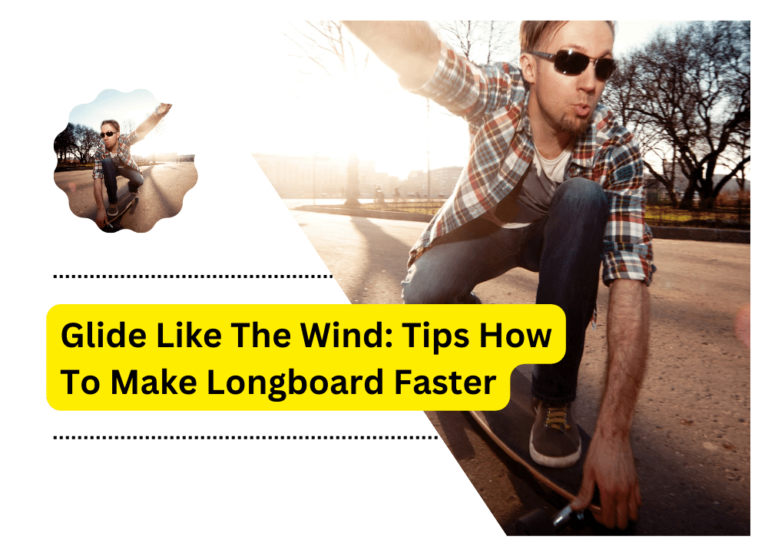Get On The Road! Learn How To Longboard In 10 Simple Steps

Longboarding is an exciting sport that can take you on exhilarating rides down hills or long distances. It’s a great way to explore your city, exercise, and have fun with friends. Whether you’re just starting or looking to step up your game, here are 10 simple steps for beginners to learn how to longboard.
1. Get the Right Gear
The first step to longboarding is getting the right gear. Choosing a board that fits your riding style and physical characteristics is essential. Consider the deck’s size, shape, material, and the trucks, wheels, and bearings you want. Plenty of reasonably priced starter boards are available if you’re on a budget.
2. Get Familiar with Your Board
Once you get your board, take some time to familiarize yourself with it. Practice pushing off and balancing on the board with your feet in different positions, and practice turning. Wear protective gear such as a helmet and elbow pads when practicing for safety.
3. Learn to Stop
Stopping is an essential skill for longboarding, and there are several methods you can use. The easiest and most beginner-friendly way is the slide stop or heel brake. To do this, put your foot on the ground behind you and press down on it so that the board slides sideways while you stay in place. This will slow you down until you can come to a complete stop.
4. Practice on Flat Ground
Once you’ve mastered essential balancing and stopping, it’s time to practice on flat ground. Start by pushing off with one foot and gliding along for short distances, gradually increasing your speed as you get more comfortable. It would help if you also practiced turning on flat ground to get used to the feeling of applying pressure on different parts of your foot.
5. Learn How to Go Downhill
Going downhill is one of the most thrilling aspects of longboarding and requires more skill than riding on flat ground. Start by finding a small hill with a gentle slope, then practice pushing off from the top and coasting for short distances. As you gain confidence, you can try going faster and increasing the size of the hill you ride on.
6. Master Carving
Carving is a turn in which you shift your weight to one foot while pushing against the ground with the other. It’s an essential skill to learn if you want to control your speed and make turns while going downhill. Practice flatly, then gradually increase the size of the hill you’re riding on.
7. Don’t Forget Safety
Safety is paramount when longboarding, so remember to wear a helmet and other protective gear. Also, be aware of potential hazards, such as cars or pedestrians. Never assume that people can see you or will move out of your way.
8. Ride in Controlled Environments
Before taking on more challenging terrain, practice longboarding in controlled environments such as skate parks and courses. These are great places to learn and experiment with new tricks and techniques without worrying about traffic or other hazards.
9. Push Yourself
Once you’ve gained some experience, it’s time to test your skills and push yourself to the next level. Try riding on different terrain and performing tricks like slides, manuals, and airs. With practice, you can make longboarding as easy as riding a bike while still having plenty.
10. Have Fun!
Most importantly, have fun while learning, and don’t be afraid to make mistakes. Longboarding is a great way to explore your city, exercise, and meet new people. So get out there and go for a ride!
Additional Tips:
- Find beginner-friendly longboarding events in your area, such as group rides or races.
- Learn from experienced riders. Ask for advice and watch them ride to understand what you can do.
- Take pictures while longboarding so you can look back on your progress!
- Consider investing in a good set of wheels and bearings to help the board last longer and perform better.
- Take good care of your board and regularly inspect it for wear and tear.
Maintenance and Care:
Longboarding requires regular maintenance and care to keep your board in top condition. Clean it regularly with a damp cloth, and lubricate the bearings with a good quality oil or grease. If you do this regularly, your board should last for years. In addition, inspect the deck and trucks for any signs of wear, like cracks or chips. If you find any, get them repaired as soon as possible to avoid further damage.
Finally, always leave your board in direct sunlight or extreme temperatures for a short period. This can cause the material to break down and reduce its lifespan. So take good care of your board and enjoy many years of thrilling rides!
Replacing worn-out parts
Replacing worn-out parts and knowing when to upgrade your equipment is also essential to longboarding. Regularly check for worn-out wheels, bearings, trucks, and decks and replace them when needed. This will ensure a smoother ride and help you avoid potential accidents. In addition, it’s also essential to upgrade your equipment if necessary. For example, if you find that your board isn’t performing as well as it used
FAQs
A: Yes! Longboarding is a great activity to do alone if you’re looking for some alone time. Just make sure to always wear protective gear and ride in controlled environments.
A: Best Longboard are usually longer and broader than skateboards, with softer wheels that make them better suited for cruising and carving. They are also more stable than skateboards, making them easier to learn.
A: The best terrain will depend on your riding style and skill level. Beginners should stick to flat surfaces and small hills, while more experienced riders can take on steeper slopes and rougher terrain.
A: This will depend on the individual, but most people can start riding with basic skills within a few weeks of practice. If you have some experience with skateboarding, you can pick up the basics even faster.
Final Thought
How to Longboard is a great way to explore your city, exercise, and have fun with friends. You’ll be ready to take on the streets quickly with some practice and the right gear! So go ahead, push off, and enjoy the ride!

